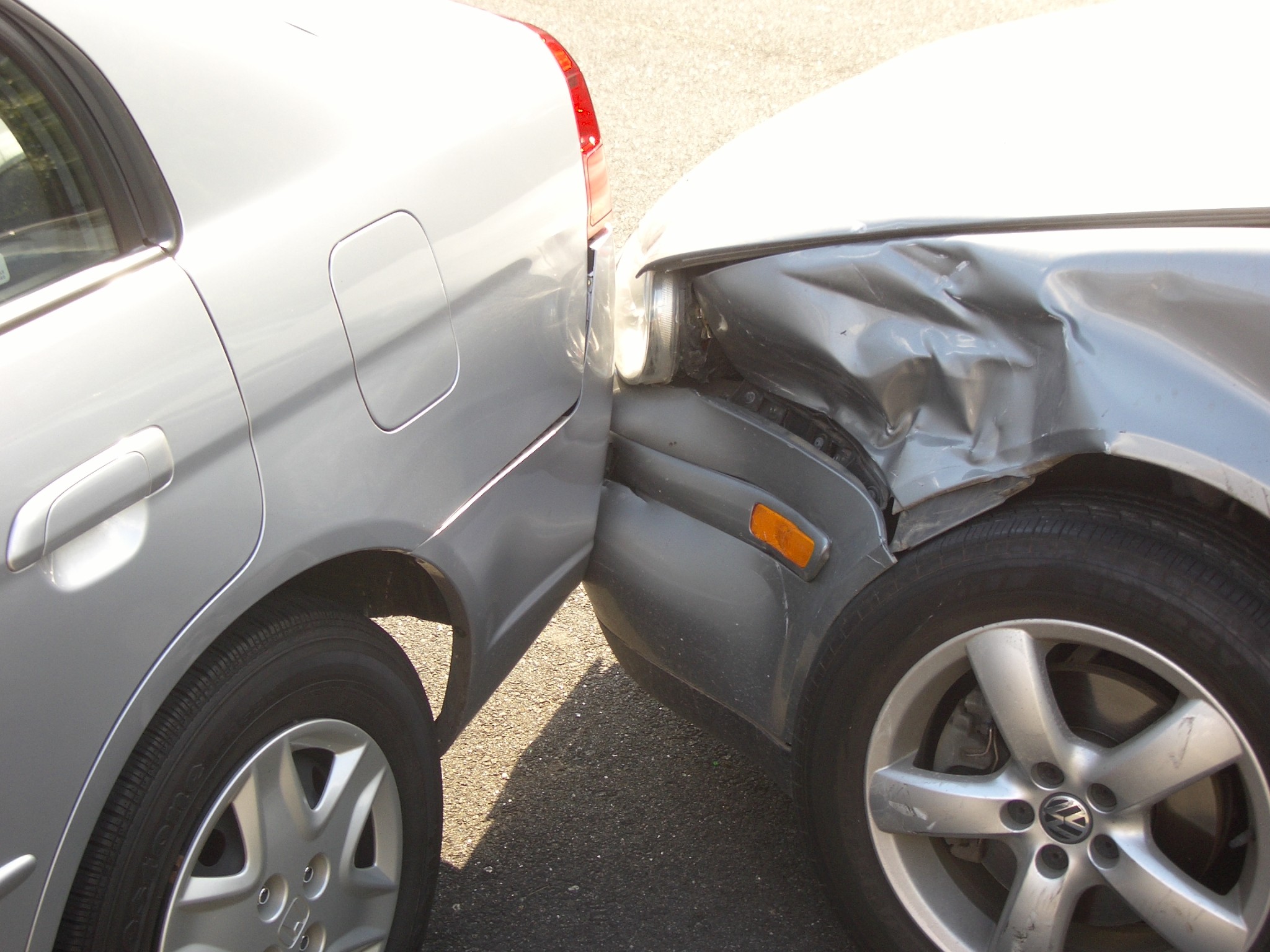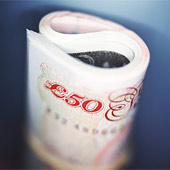|
|||||||||||||||||||||||||
Resurfacing Garage Floors
Submitted by AdamKyle on 2012-02-06 and viewed 2054 times.Total Word Count: 621
|
|
|||||||||||
The flooring in most garages is usually made of cement because it is solid and durable and is meant to last for years. | |||||||||||
Under this condition, homeowners would naturally want to protect their garage floors the best way they can and at the same time beautify and style the place Concrete coatings is one option. Another is refinishing or resurfacing. If one does not like the time, effort and cost it needs to break out old, cracked and pitted concrete garage refinish or resurfacing would be a good choice. Depending on the extent of repair needed, garage floor refinishing can be as simple as patching damaged areas and applying a coat of sealer. Or, it can involve applying an entirely new surface or overlay. Whereas before, resurfacing concrete, e.g. garage floor, would be considered a waste of time and money because sooner or later, the topping will start coming off anyway. Today, the products used for refinishing and resurfacing have improved considerably. A good resurfacing product is a combination of just the right amount of cement, polymer resins and various resins. Polymer modified toppings resolved the past problems in adhesion and shrinkage of resurfacing materials. When it comes to durability, the compressive strength of newer products almost doubles that of regular concrete. They can easily bear up vehicle traffic and are able to withstand the harshest climates and the concrete's worst enemy, freeze and thaw cycles. As with any other topping or coating, cleaning garage floors first before any resurfacing is done, is very important. The concrete has to be clean as possible and with the surface a bit rough like sand paper to provide a good surface for maximum bonding. The easiest of getting a rough textured surface is by using muriatic acid or an etch-n-clean solution. Etching the surface, however, takes time and one has to let it dry for at least 24 hours. A better and faster solution would be grinding the surface with a floor grinder. Once done, one can just sweep and vacuum up the debris and be ready to coat on the same day – saving on time and money. It is more expensive than etching, though but it produces a coarser concrete surface which is better for adhesion. In addition, grinding does not leave any acid or moisture residue which are detrimental for any coating. Shot blasting remains the preferred method for garage floor cleaning for most coating manufacturers. The machine blasts small steel balls onto the concrete surface at high velocity producing a roughened surface ideal for coating. As with floor grinder, the cleaning and the resurfacing can be done within a day. For cracks, the best option is to fill it with epoxy crack filler and sprinkle sand on the epoxy while still wet. The sand gives the overlay something to grab on to. There is no guarantee, however, that the crack won't come through the new topping. If the floor moves or shifts, cracks will reappear. That is why an overlay should not be used only to get rid of cracks. Decorative concrete is a skilled trade. To make one’s garage as beautiful and durable as possible, the initial most important step a homeowner has to choose and make is to hire the best decorative concrete contractor available within one’s budget.In Washington DC and surrounding areas, there is the Sundek of Washington. Article Source: http://www.compensationsecrets.co.uk/ |
|||||||||||
| About the Author | Looking for an Epoxy Floors Alternative? Decorative concrete stamping st louis (636)256.6733 offers Polyurea Polyaspartic a garage flooring st louis Coatings perfect for garage refinishing. | ||||||||||
| Additional Articles in Accident . | |||||||||||
|
|||||||||||
| Please Rate This Article | |||||||||||
| Add Your Comments | |||||||||||
| © CompensationSecrets.co.uk - All Rights Reserved Worldwide. | Privacy Policy | Terms of Use |






